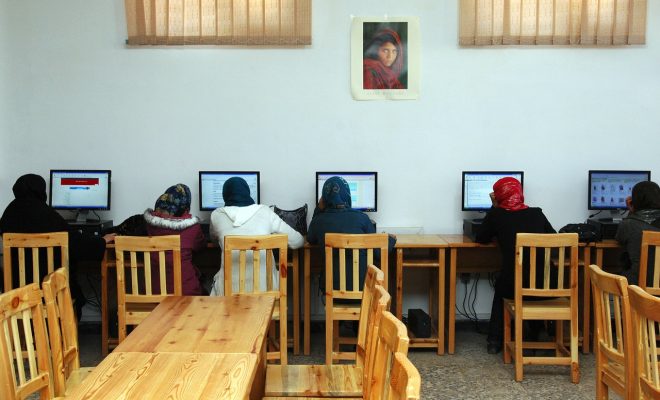20 Creative Ways to Use Milk Crates in Your Classroom

Introduction: Exploring Versatile Classroom Solutions
Milk crates, often overlooked in the realm of educational resources, can transform a classroom environment into a dynamic and organized learning space. Their sturdy construction and stackable design make them an ideal choice for a variety of creative applications. This article delves into 20 innovative ways to incorporate milk crates into your classroom, promoting organization, creativity, and engagement among students.
Storage Solutions: Maximizing Classroom Organization
Effective organization is crucial in a classroom setting. Milk crates provide an economical and versatile solution for storing materials and resources.
Classroom Library: Creating a Reading Corner
Milk crates can be stacked to form a cozy reading corner. Fill them with books categorized by grade level or genre, encouraging students to explore literature. This inviting setup not only fosters a love for reading but also allows easy access to a diverse range of books.
Supply Stations: Organizing Art and Craft Materials
Transform milk crates into supply stations for art and craft activities. Designate each crate for specific supplies such as markers, colored pencils, glue, and scissors. Label each crate clearly, allowing students to find and return materials with ease, promoting responsibility and independence.
Learning Centers: Designing Interactive Learning Spaces
Learning centers are essential for promoting hands-on learning. Milk crates can be utilized to create various centers that cater to different subjects and activities.
Math Center: Facilitating Hands-On Learning
Set up a math center using milk crates to store manipulatives like blocks, counting bears, or geometry tools. This tactile approach allows students to engage with mathematical concepts through play, enhancing their understanding and retention of material.
Science Station: Encouraging Exploration
Use milk crates to house science experiment supplies or nature exploration tools. By organizing materials in a visually appealing manner, students are more likely to engage in hands-on scientific inquiry and exploration.
Creative Spaces: Fostering Imagination and Collaboration
Milk crates can also serve as the foundation for creative spaces that encourage collaboration and imaginative play.
Art Display: Showcasing Student Work
Turn milk crates into display stands for student artwork. By stacking crates and using them to showcase various creations, you can create a rotating gallery that celebrates student talent and boosts confidence.
Drama Corner: Encouraging Role-Play
Set up a drama corner with milk crates as seating or staging props. Students can use the crates to create a makeshift theater, allowing them to engage in role-play and storytelling activities, which are vital for developing communication skills.
Flexible Seating: Promoting Comfort and Collaboration
Flexible seating arrangements can enhance student comfort and learning.
Seating Options: Creating Comfortable Spaces
Milk crates can be turned into unique seating options by adding cushions or blankets. This encourages students to choose where they feel most comfortable, promoting collaborative work and discussions in a relaxed environment.
Group Activities: Enhancing Collaboration
Create small group areas using milk crates arranged in circles or clusters. This promotes teamwork and allows for dynamic discussions, making group activities more engaging and effective.
Outdoor Learning: Extending the Classroom Experience
Milk crates can also be utilized for outdoor learning experiences.
Garden Planters: Cultivating Nature
Transform milk crates into planters for a classroom garden. This hands-on project encourages students to learn about plant biology, responsibility, and the environment. It also provides an excellent opportunity for cross-curricular connections, including science and art.
Outdoor Classroom: Facilitating Learning Beyond Walls
Take learning outside by arranging milk crates in an outdoor classroom setting. Use them as seating or tables for outdoor lessons, encouraging students to connect with nature while engaging in their studies.
Stationary Storage: Keeping Essentials Organized
Beyond learning activities, milk crates can be invaluable for storage solutions.
File Organization: Streamlining Paperwork
Designate a milk crate for organizing student folders and paperwork. This can include homework, projects, and important notices, making it easy for students and teachers to access necessary documents without clutter.
Technology Storage: Protecting Devices
In classrooms equipped with tablets or laptops, milk crates can serve as protective storage units. Organizing devices in crates helps prevent damage while keeping them accessible for student use.
Creative Projects: Encouraging Innovation
Milk crates can inspire creativity through various projects and initiatives.
Recycling Center: Promoting Sustainability
Create a recycling center with milk crates designated for paper, plastic, and other materials. This encourages students to think about sustainability and their environmental impact, fostering responsible habits.
DIY Projects: Sparking Creativity
Encourage students to engage in DIY projects using milk crates. From creating organizers to building small furniture, these projects can enhance creativity and problem-solving skills while making use of available resources.
Conclusion: Embracing Versatility in Education
The potential uses of milk crates in the classroom are vast and varied. By incorporating these creative solutions, educators can enhance organization, promote collaboration, and foster a sense of responsibility among students. With a little imagination and resourcefulness, milk crates can become an integral part of the classroom experience, transforming learning into an engaging and enjoyable adventure.
Utilizing milk crates effectively can redefine classroom dynamics, encouraging exploration and creativity while meeting educational goals. Embrace the versatility of milk crates in your classroom, and watch as they inspire both teachers and students alike.





